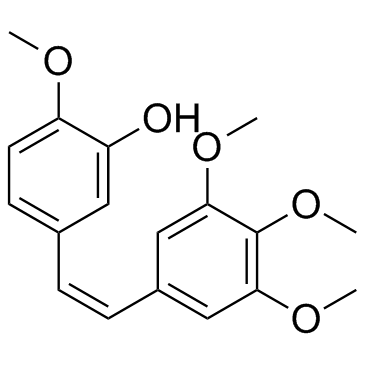| 结构式 | 名称/CAS号 | 全部文献 |
|---|---|---|
 |
康普瑞丁A4
CAS:117048-59-6 |
|
 |
2,5-己酮可可碱
CAS:117570-53-3 |
| 结构式 | 名称/CAS号 | 全部文献 |
|---|---|---|
 |
康普瑞丁A4
CAS:117048-59-6 |
|
 |
2,5-己酮可可碱
CAS:117570-53-3 |